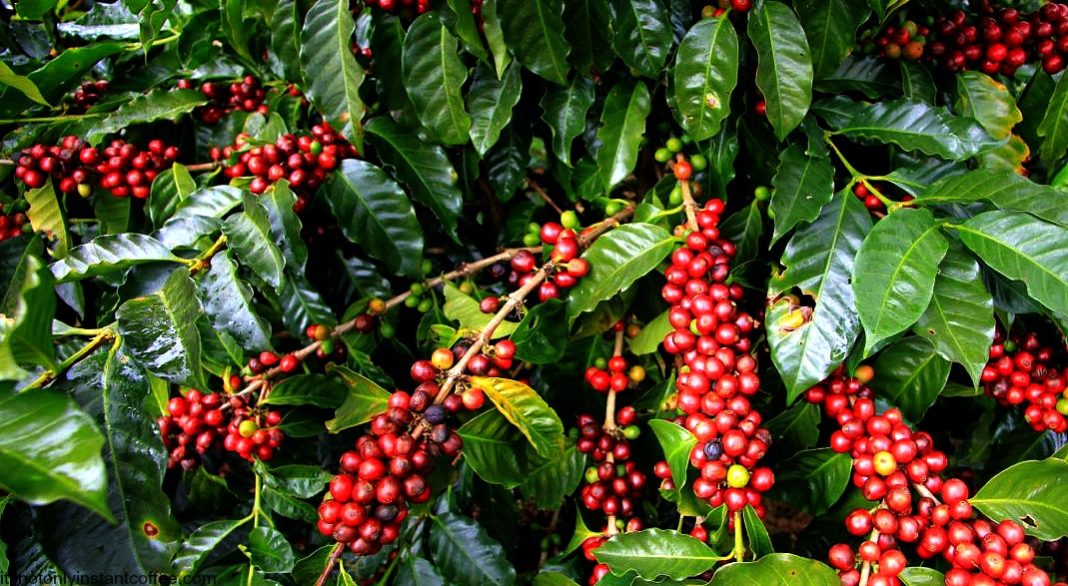Coffee is Uganda’s most valuable agricultural export commodity, contributing US$ 544 million in 2016/17, about 20 percent of total export earnings. Furthermore, the crop, employs over 3.5 million households.
However, despite such rosy status, a recent study by the Economic Policy Research Centre (EPRC), shows that the advent of climate change is a double blow to the technologically constrained coffee production system in Uganda.
‘Between 2007 and 2016, Uganda lost coffee seedlings worth US$ 10 million. In 2015/2016 alone, seedlings worth US $ 3 million did not germinate due to drought’, the EPRC Policy Brief indicates in part.
According to EPRC, predictions demonstrate that climate change is likely to stifle the coffee development program in Uganda at three levels: by reducing survival rate of coffee seedlings to expand coffee acreage, exacerbate productivity challenges in an inherently constrained rain-fed low input coffee production system.
It is also likely to contribute to reduction in quality of coffee beans leading to low export earnings. ‘This is likely to slow down the low middle-income status by 2020 target of exporting 20 million (60 Kg bags) annually’, warns the Brief.
Further, the evaluation report by the Operation Wealth Creation together with the President’s Office shows that because of drought, the survival rate of 93 million coffee seedlings planted during the first season of 2016 was only 42 percent, with 39 million seedlings surviving.
Rising temperatures, the Brief notes, are expected to render certain low altitude areas less suitable or even completely unsuitable for Robusta coffee growing, implying that fewer parts of Uganda will be suitable for coffee production. “With an increase in temperature of only 20C, there would be a dramatic decrease in amount of land suitable for growing Robusta coffee in Uganda. As suitable Robusta coffee growing areas reduce, some farmers will try to push further up the mountains. This will bring coffee into conflict with other land uses and driving migration out of coffee-producing areas to sustain production,” it adds.
The Brief further notes that expanding acreage has been the main option pursued by government to get to the 20 million bags of coffee target by 2020. ‘It is apparent that since early 2000s till 2015, Uganda has by and large promoted coffee acreage expansion from about 320 to about 402 thousand hectares, while paying minimal attention to improving productivity’, it says.
Authors of the Brief note that an average threshold of 600 kilograms per hectare has been maintained in Uganda-under ‘rain-fed’ production farming system. “As a consequence, this has had limited impact on output-which has remained stuck at 3.5 million bags,” they say.
They say that countries such as Vietnam aggressively adopted both extensive planting and irrigation intensification to raise yield per hectare to 2,100 kgs. ‘For Vietnam, this approach led to steady progress in increasing coffee production and export and by 2015, the country had attained annual export volumes of 23.4 million bags of coffee’, they note in the Brief.
Given the devastating effects of climate change on coffee, the Brief says farmers will have to cope with additional farm investments required to adapt to climate change. One of the avenues, the Brief says, is allowing farmers have a fair share of profit margins that accrue deeper along the value chain as proposed and practiced by the National Union of Coffee Agribusinesses and Farm Enterprises (NUCAFE).
But most coffee farmers in Uganda are ill prepared to tackle climate change, and are unlikely able to invest in small innovation strategies to cope with climate change, the Brief notes, calling for strong and effective institutional arrangements that guarantees stability in incomes from coffee and hence high returns on coffee farm investment. The farmer ownership model now provides a sustainable value chain adaptation strategy the Uganda Coffee Development Authority (UCDA) should scale up for more efficient climate smart agriculture, it says.
NUCAFE, estimates that if Uganda were to roast and package all coffee beans exported as raw green beans worth US $ 400 million, the export earnings could more than quadruple to US$ 2 billion.






